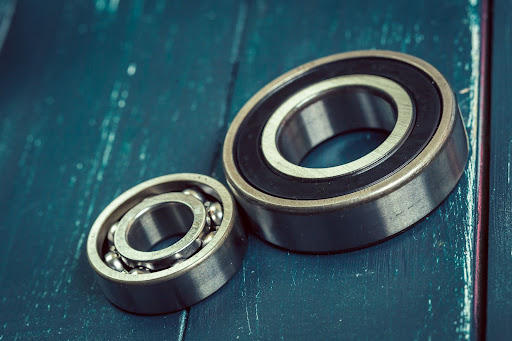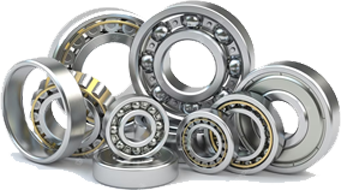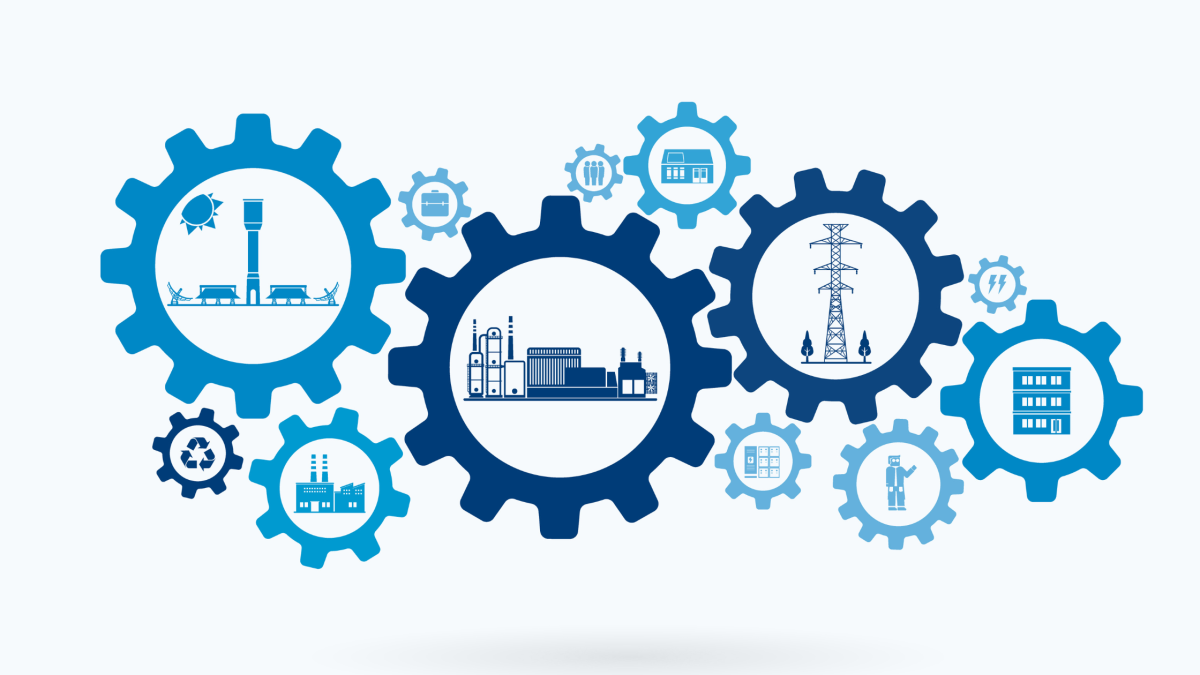What is the need for low-torque tapered roller bearings?
Tapered roller bearings are made to satisfy the demands of industrial applications requiring great radial and axial load-carrying capability with little friction. These bearings are crucial parts of machinery and equipment that depend on components rotating smoothly and effectively to provide optimal performance and output. Low torque tapered roller bearings are essential for the following reasons:- Reduce energy consumption: Low torque tapered roller bearings can help reduce friction and torque, leading to lower energy consumption and improved energy efficiency.
- Extended bearing life: Low torque tapered roller bearings are intended to reduce friction and wear and tear, resulting in longer bearing life and lower maintenance and replacement costs.
- Improved efficiency: Reduced friction and torque in tapered roller bearings can increase efficiency—reduced friction results in smoother and more efficient component rotation, which improves performance and productivity.
- Enhanced performance: Low torque tapered roller bearings can improve the speed, accuracy, and precision of rotating components, resulting in improved performance. This is especially important in critical reliability, speed, and precision applications.
- Reduced heat generation: Tapered roller bearings can help minimize heat generation and keep the approach performing for long periods.
NBC Low Torque Premium Series
The Low Torque Premium Series is a tapered roller bearing manufactured under the NBC brand. These bearings are intended for heavy-duty industrial applications of approaches requiring high radial and axial load-carrying capacity with low friction. The Low Torque Premium Series is intended to decrease friction and torque in tapered roller bearings, enhancing performance and extending bearing life. This series showcases a variety of cutting-edge design and production techniques, such as precision machining, advanced metallurgy, and improved lubrication systems. The Low Torque Premium Series bearings also use cutting-edge lubrication technologies, such as high-performance synthetic oil, to reduce friction and heat generation. This leads to increased effectiveness and longer bearing life. The Premium Series from NBC is available in various sizes and configurations, enabling multiple applications. These bearings are commonly used in the automotive, industrial, and heavy machinery sectors, where high reliability and performance are crucial.What makes low torque premium series different?
With its low frictional resistance and great radial and axial load- NBC’s Low Torque Premium Series is appropriate for various heavy-duty industrial applications. The LT Premium Series distinguishes itself from other tapered roller bearings thanks to several unique characteristics. Some of the essential characteristics that set the LT Premium Series apart from other tapered roller bearings are as follows:- Specialized Heat-Treated Steel: The LT Premium Series bearing components are made of unique heat-treated steel, guaranteeing excellent strength and durability while lowering friction and torque. As a result, efficiency is increased, and taking life is prolonged.
- Optimized design: The bearings of the LT Premium Series have raceway and geometry designed to lower frictional resistance and enhance load distribution. As a result, there is an increase in performance, a decrease in energy use, and a prolongation of bearing life.
- Advanced lubrication technologies: The LT Premium Series bearings use cutting-edge technologies, such as high-performance synthetic oil, to reduce friction and heat generation to improve efficiency and lengthen the bearing life.
- Precision machining: To guarantee consistency in quality and performance, the bearings in the LT Premium Series are meticulously machined. As a result, precision, speed, and reliability—crucial elements in many industrial applications—are increased.
- Reduced torque: Torque and friction in tapered roller bearings are reduced by the LT Premium Series. As a result, energy efficiency increases, heat generation decreases, and bearing life increases, making it an economical choice for heavy-duty industrial applications.












